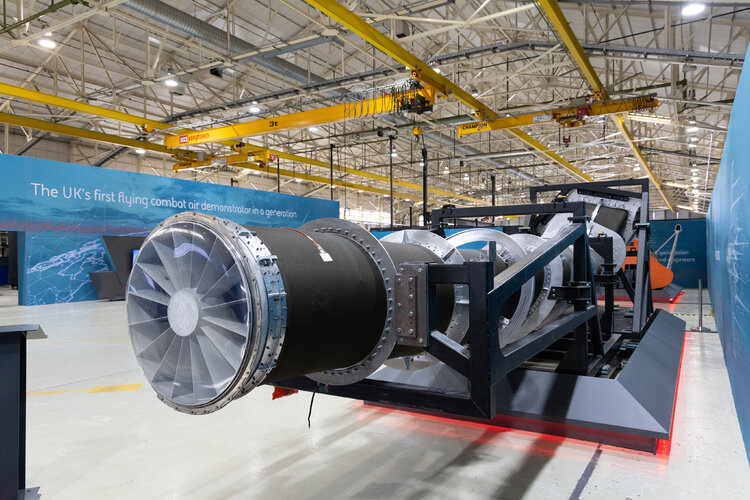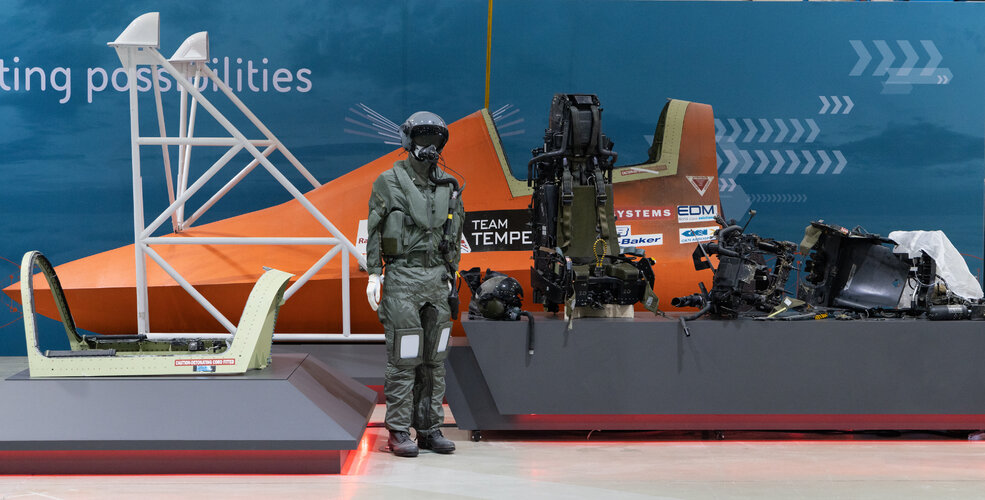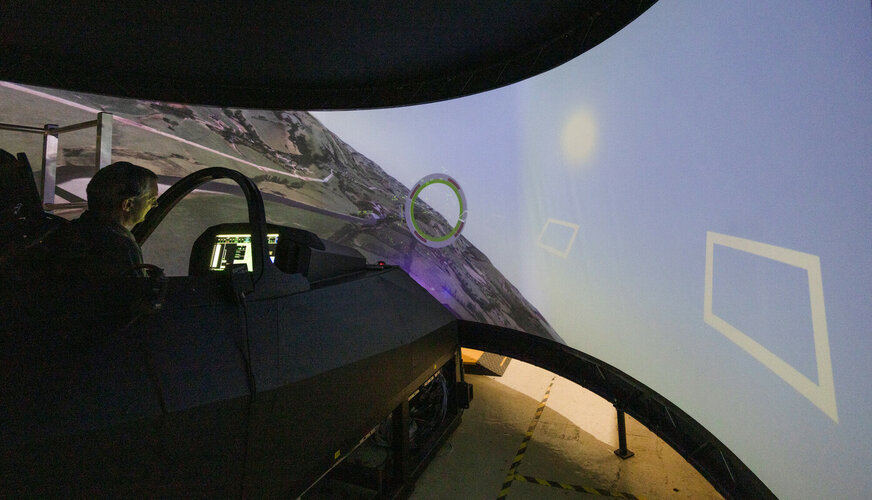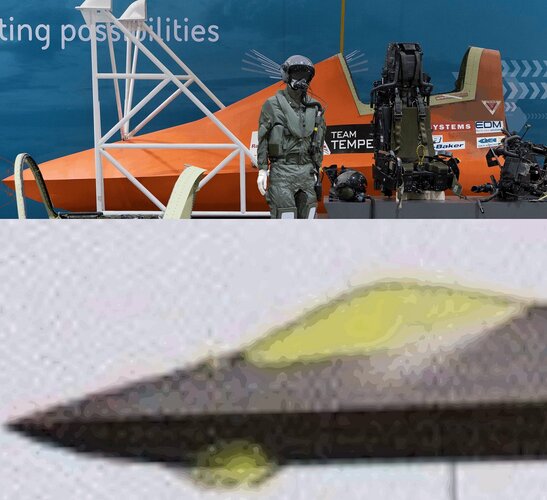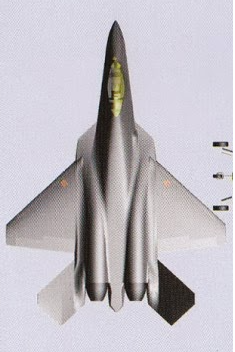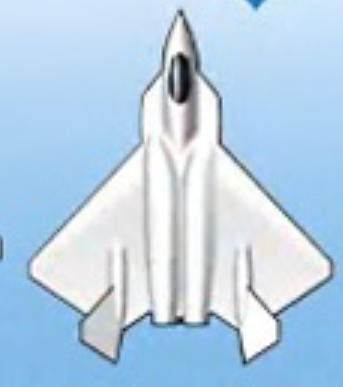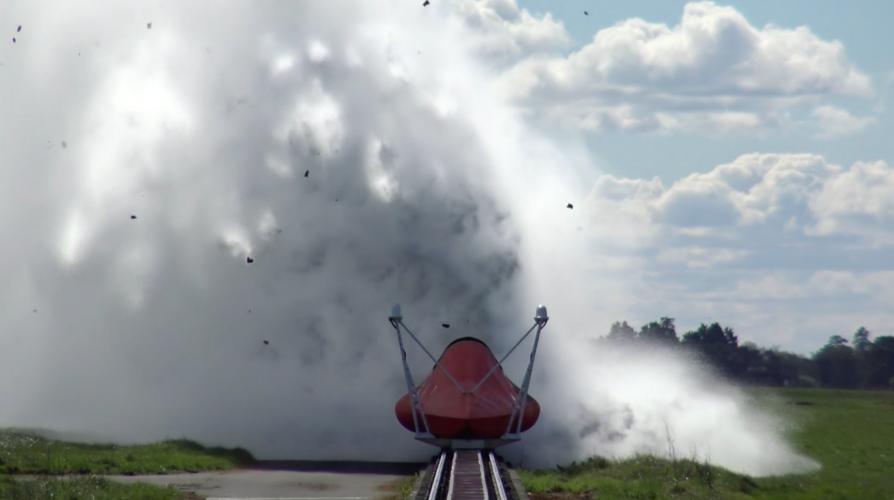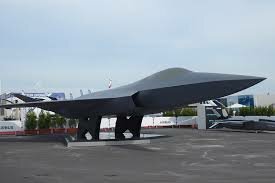So:
Let’s recap where we differ:
You said:
“If I'm not mistaken, when testing crew ejection systems it's usually required to test the seat into a frontal section at least vaguely aerodynamically representative of the production aircraft.”
It requires a forward fuselage that is as aerodynamically representative as is possible. Vaguely is not good enough.
“That sled's shape and canopy don't even remotely look like any of the released images of the Tempest so far.”
I disagreed. I thought it looked like Leonardo CGIs of Concept 5. In retrospect, I think it’s quite representative of P189-17B, too, and the latest FCAS factsheet aircraft. The cockpit seems to have ‘moved forward’ on both the Concept 5 type design, and the P189 type design.
However, I realise that I was looking at the profile view of the sled, and had neglected to look closely at the front view. Having looked again at that, I concede that it doesn’t look quite like any of the released images, because it’s not quite as broad and flat, though it’s more like Concept 5 than anything else, though the chines are less pronounced. Actually, it looks rather like the last Concept 5 CGI, but also like the DSEI Japan model (see the video at post #123).
And it doesn’t look like 24DMU, either. Without having views at a common scale, it’s difficult to compare, but the canopy shape is different, and there is more fuselage depth below the chine.
I then posted an actual BAE concept spread Powerpoint Slide and you accused me of
“not posting the whole picture” and of
“cropping it” – your evidence being derived artwork for Key Publishing (ironically a piece of artwork that I briefed to accompany one of my articles - I did similar artwork for articles in AFM and Air International).
You pointed out that
“news of 24DMU's configuration started to appear in (at least) November 2013 which, as everyone knows, is long before the Japanese had yet decided which partner to pick in order to develop their 6th gen aircraft (i.e. LM or BAE).”
You ignored the fact that BAE and Mitsubishi and the UK MoD and JMoD had been co-operating since before the 2007-8 Typhoon bid, and that access to advanced concepts was likely to have been granted on both sides.
And you chose to make a big deal out of a mere opinion that I offered.
You suggested that I
“sit this one out”, which was rude and a bit passive aggressive.
You invited me to consider
“a visit to an optometrist if you really don't see the differences.” That’s also rude and a bit passive aggressive.
You suggested that
“Tempest 2018 was derived by one of the concepts BAE evaluated,” and
“surely underwent several different iterations before the 2018 configuration was picked up.” That’s a reasonable assumption, but it’s wrong.
It shows a fundamental misunderstanding – because although some concepts do seem to have undergone minor revisions, the different concepts we have seen are not iterative points on a chronological timeline, but rather different points on a ‘five axis’ ‘graph’ simultaneously exploring different variables (including survivability, aerodynamics, speed, and range). A point in the envelope, not a point in time. My source on that? My interview with Air Commodore Jonny Moreton, FCAS Programme Director. Lessons from one concept are banked, and then another is looked at – preferably with very different points on the five dimensional graph. One does not follow from another in an iterative sense.
You took issue with my statement that: Air Commodore Martin Lowe (Moreton’s replacemet as FCAS Programme Director), Neil Strang (BAE Programme Director) and Conrad Banks (RR Future Programmes) had all emphasised that all options were still being considered when asked specifically and directly about the scope for a second manned platform within the FCAS system of systems. In private conversations, other senior programme officials confirmed that such an aircraft was being considered - and it was pointed out to me that that is also the case within the Franco-German-Spanish SCAF programme.
You said:
“I'll believe it when I'll see it” ignoring the fact that I was reporting what named senior programme managers said about whether a second manned platform had been ruled out. Now that you’ve made me look at my notes, I can see that Jonny Moreton said much the same last year.
“The hypothesis about a future philosophy of more than one manned aircraft design, I think is one that is worth testing. That is not a formal view by any stretch of the imagination, but I think I could see that in 10/15 years time, you might say to yourself, you know, how can you …. what's the philosophy going forward? And how do we maintain a iterative capability you know, into the middle of next century, and actually maintaining a combat air industry at a level that allows us to do that, might be quite complementary to F-35, Whatever FCAS turns out to be, and as you point out, the value to an export market.”
He also said: “I can I can categorically say that No, we've not made any decisions down that road, yet.”
So all that says to me is that a second manned aircraft has not been ruled out, and may be under consideration.
In answer to my gentle correction/clarification of WatcherZero’s post at #178, you jumped in with more sarcastic, passive aggressive rudeness.
You said that:
“So the GCAP partnership needs to build a demonstrator that won't be representative of the final aircraft, in either shape, materials, etc.. Alright, catch you back in a few years to see how that prediction went down for you.”
1) It wasn’t my prediction, I just reported what the programme managers said about the purpose of the demonstrator, which is not a combat air prototype, and has no need to be stealthy, nor representative of the definitive Tempest, because it’s more about getting the team match fit to design, develop, certify and fly an all new aircraft design (something BAE haven’t done for many years) – building up the SQEP, and inspiring those who will work on Tempest. Martin Lowe even told us that he’d had a poster of EAP on his bedroom wall when he was a teenager, and that it was probably responsible for him sitting there that afternoon! It will feed into Tempest – in flight sciences, handling, LO configuration design, etc.
2) Again. It will NOT be representative of the Tempest configuration because that hasn’t been finalised while the flying technology demonstrator has been.
I asked Moreton how different he expected the demonstrator to look, compared to the definitive production Tempest, and he said: “I think characteristics wise you'll recognise it as a sixth generation designed aircraft but the… in terms of how much different… it's… it's got. It's a point in the five dimensional graph as recognised previously. We're not even honing in on the end design. It will have some similar characteristics but others that aren't anywhere near?”
I seem to have better sources of information than you do, and that clearly irritates you. I was at Warton on Tuesday, and spoke to the Tempest leads from BAE, RR and the MoD. I didn't see you there... I wonder whether you've ever spoken to anyone senior from the programme - or indeed from any programme.

